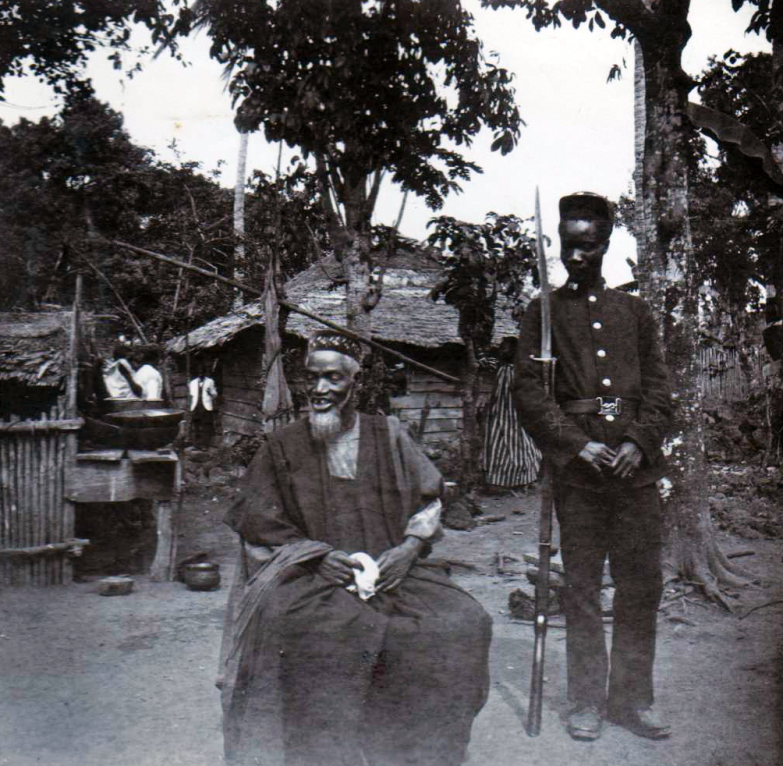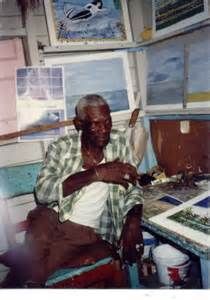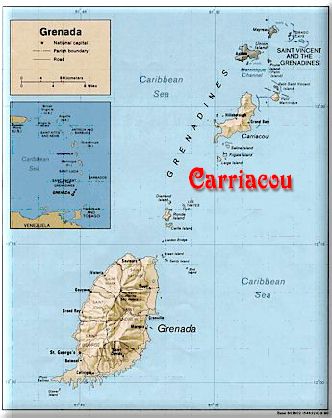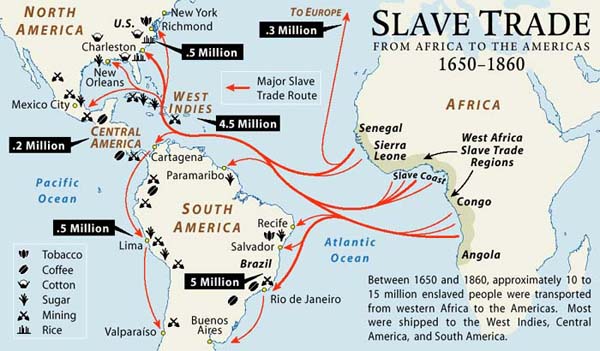|
Getting your Trinity Audio player ready...
|
Reading Time 2 mins
[Part 1 or 2]
By Caldwell Taylor
Bai Bureh (1840-1908) was the fearless Temne fighter who led the 1898 war against British colonialism in Northern Sierra Leone, and, no joke, in the course of his fight he offered a one thousand pound reward for the capture of the British Governor of the territory! The offer was proclaimed in response to the Governor’s call for Bureh’s capture; this call came with a one hundred pound sterling bounty to anyone who provided information that led to the capture of the rebel leader. Bureh was finally taken and was exiled. The hero returned to his country in 1903, and he died in 1908.

Photograph of Bai Bureh, National Hero Of Sierra Leone
Death does not kill the hero: Indeed immortality is the hero’s rich recompense.
The hero makes history; and history has curious ways of doing the hero’s bidding.
The hero is a messenger. The hero is the emblem of what the mass makes inevitable.
Historical inevitability sails to a historic meeting in Carriacou– a sun-parched island that
has made more history than it could knead.

World Renowned Carriacou Artist Canute Caliste
Carriacou made Canute Caliste (1914-2005); May Fortune (1909-1973); Ferguson “Sugar” Adams (1891-1983); and also “Mas’ Fred” F.B. Paterson, plantation owner (Belvedere), legislator, and according to historian Gordon K. Lewis (1919-1991), an “avowed socialist.”
Governor David Alexander Paterson has strong and deep roots in Carriacou. David was the first African-American Governor of New York State. David’s father, Basil (1926-2014), was a widely-known New York labor lawyer and politician. Basil was the first African-American Secretary of State of New York, and the first -African American Vice-Chair of the National Democratic Party. Basil’s father came from Carriacou, to New York back in 1917.
The name “Carriacou” cradles the memory of a martyred people, the so-called Caribs.
Carriacou is Kayryouacou, the Carib-named “island of many reefs.”
Over in Grenada, the Caribs fought to preserve their independence. This fight continued to a precipice where the Caribs were slaughtered at the hands of the French. This slaughter was celebrated high above a bloody sea of Gallic shouts:
Sauteurs!
Sauteurs!
Heroes never die!
The Sauteurs massacre completed the first stage of the French occupation of La Grenade. French rule in Grenada began in second half of the seventeenth century and continued until 1763 when the Treaty of Paris awarded the island to the British.
The treaty treated Carriacou as a ward of Grenada.
Politically and constitutionally a part of Grenada, Carriacou was a part of the electoral district of St Patrick’s until the 1930s.
Culturally speaking, however, Carriacou was very different from the “Mainland”.
TRIBAL ALLEGIANCES IN CARRIACOU

Carriacou runs on ethnic lines and many Carriacouans self-identify as members of one of the following African “nations”:
Arada (Rada), Banda, Chamba, Congo, Cromanti, Manding, Moko (Ibibio), Temne, Ibo (igbo).
Caldwell Taylor is a writer, cultural commentator and member of the Bigdrumnation collective. Taylor lives in Ajax, Ontario.
